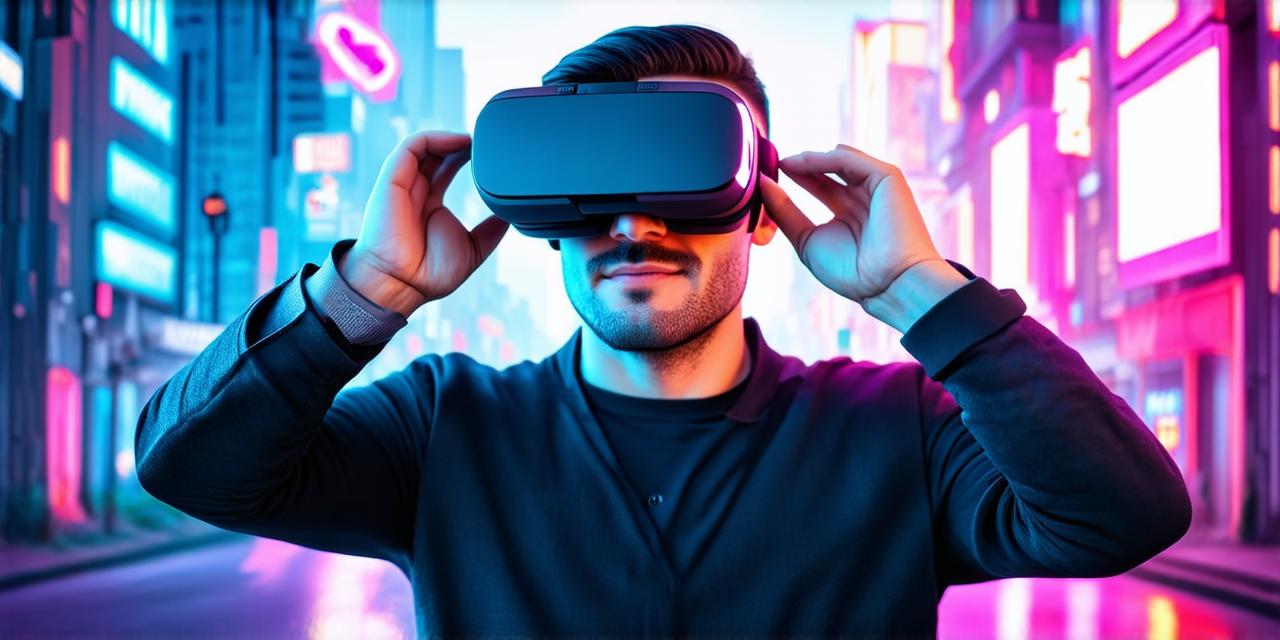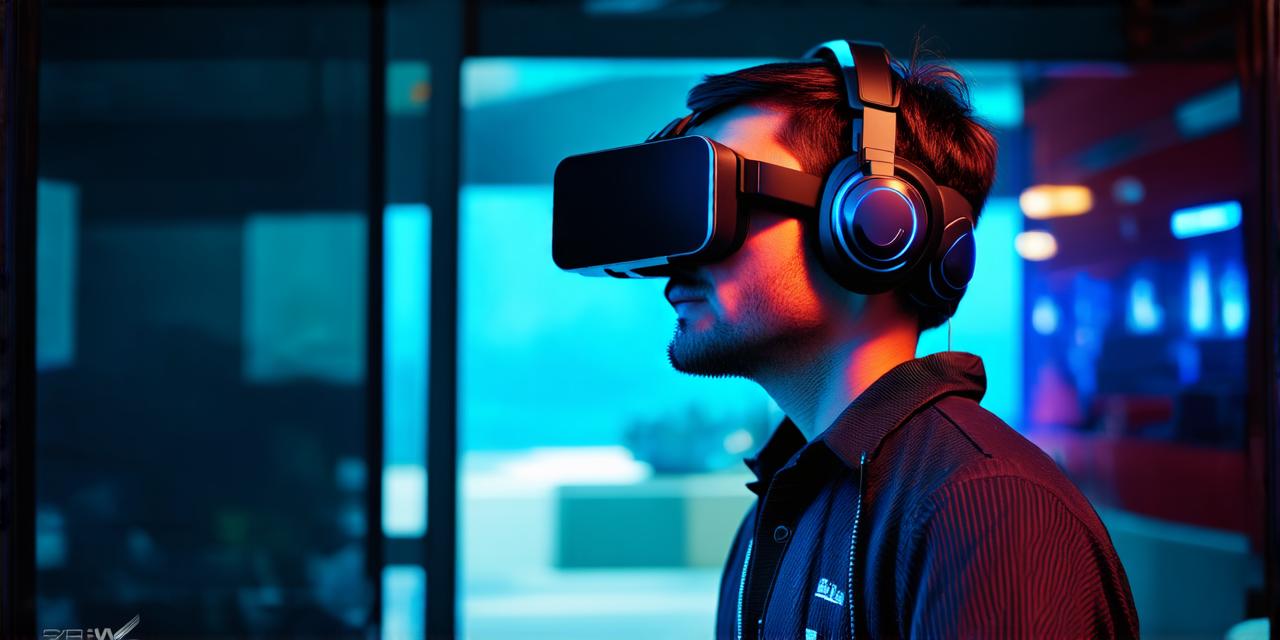What is Augmented Reality?
AR is a technology that overlays digital information onto the real world. This information can take many forms, such as 3D models, animations, and sound effects. AR is typically used on mobile devices or tablets and can be accessed through an app or by using specialized glasses or headsets.
The most common use case for AR is in the gaming industry. Games like Pokémon Go and Ingress use AR to create an interactive experience that blends the real world with digital elements. However, AR is also used in other industries such as education, marketing, and healthcare.
What is Virtual Reality?
VR is a technology that creates a completely artificial environment for users to interact with. This environment can be customized to suit the user’s needs and preferences. VR is typically used on high-end gaming consoles or specialized computers and requires a headset or goggles to view the virtual world.
The most common use case for VR is in the gaming industry. Games like Beat Saber and Half-Life: Alyx use VR to create an immersive experience that completely engulfs the user in the game world. However, VR is also used in other industries such as architecture, engineering, and training.
Key Differences Between AR and VR
The key differences between AR and VR are their approach to immersion and interaction with the real world. Here are some of the main differences:
- Real World vs Virtual World: AR adds digital elements to the real world, while VR creates a completely artificial environment for users to interact with.
- Interaction: In AR, users can interact with both the real world and digital elements, while in VR, users can only interact with the virtual world.
- Accessibility: AR is typically accessible through mobile devices or tablets, while VR requires a high-end gaming console or specialized computer.
- Customization: VR environments can be customized to suit the user’s needs and preferences, while AR environments are limited by the real world.
- Use Cases: AR is commonly used in gaming, education, marketing, and healthcare, while VR is commonly used in gaming, architecture, engineering, and training.

Conclusion
In conclusion, AR and VR are two distinct technologies that offer different approaches to immersion and interaction with the real world. While both have their unique use cases, the choice between the two will depend on the specific needs and preferences of the user.



